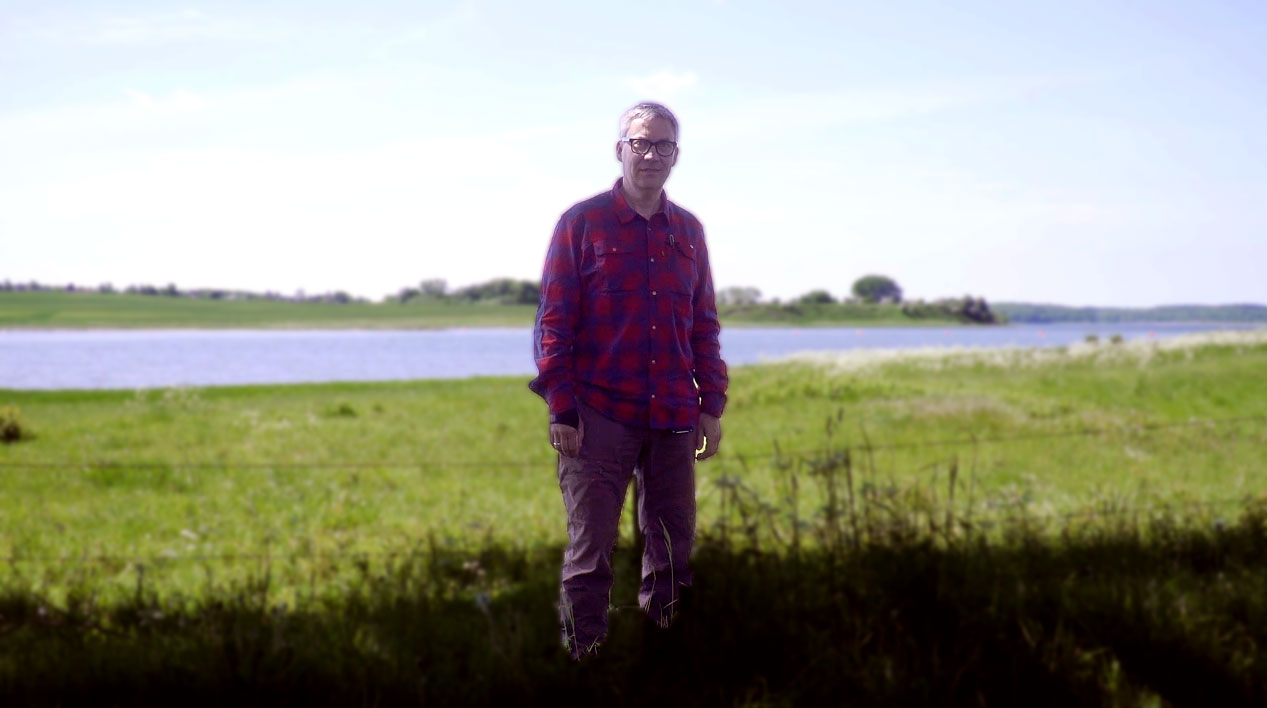MEET THE RESEARCHER

In this material one of the world's leading experts in permafrost, Professor Torben Røjle Christensen from Aarhus University, is interviewed. He tells about the melting of the permafrost in the Arctic, and the consequences it has on the climate.
Go to films